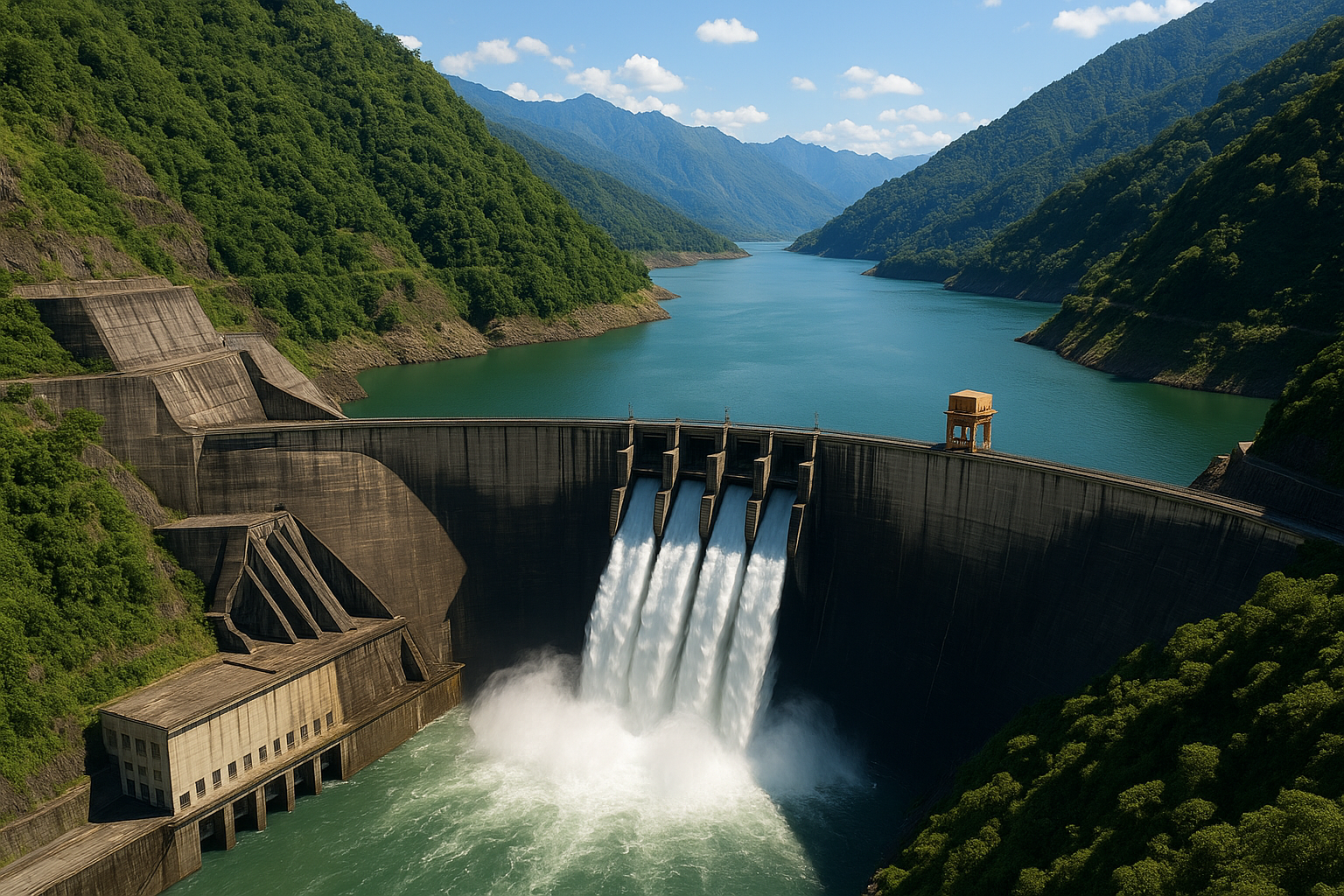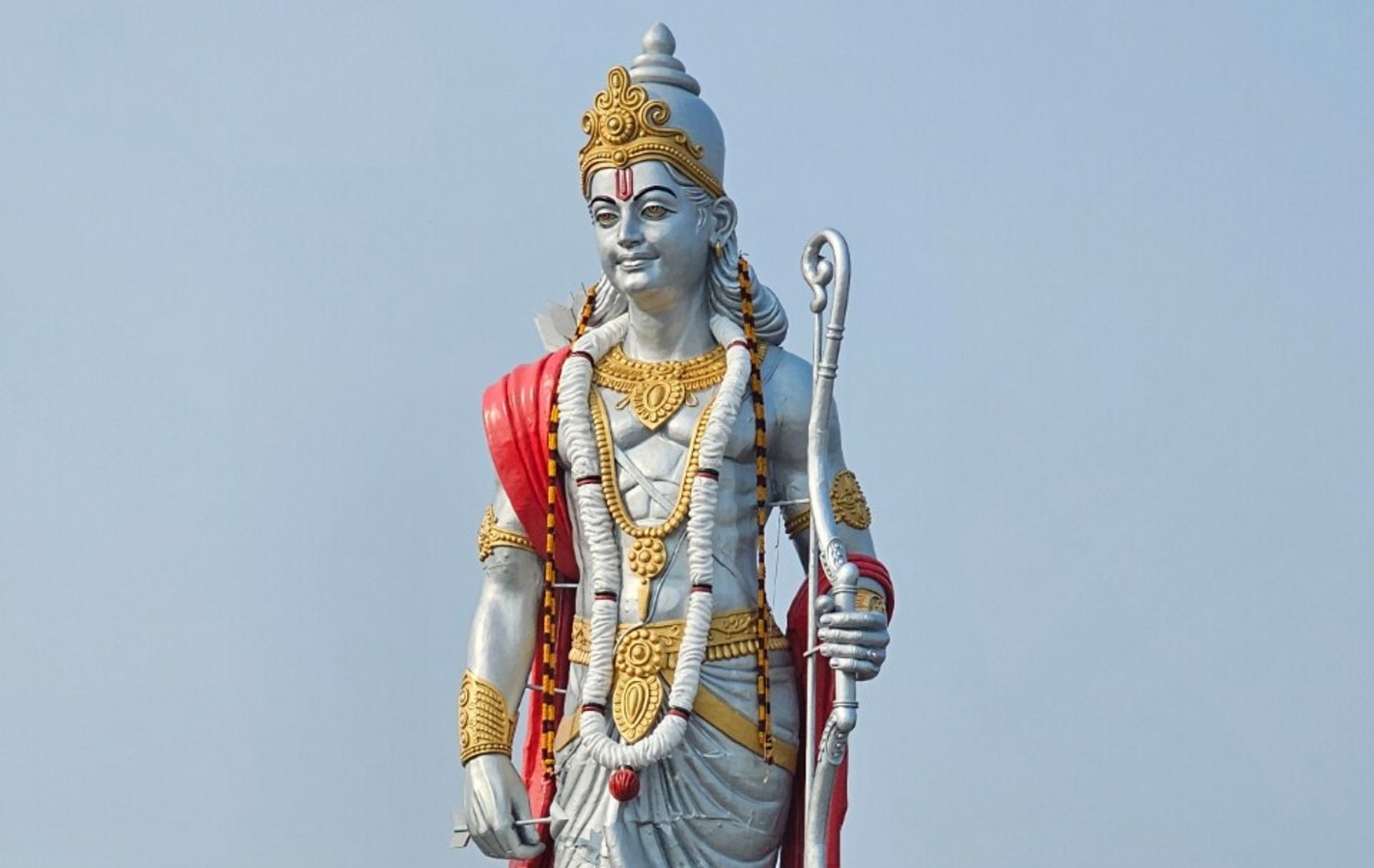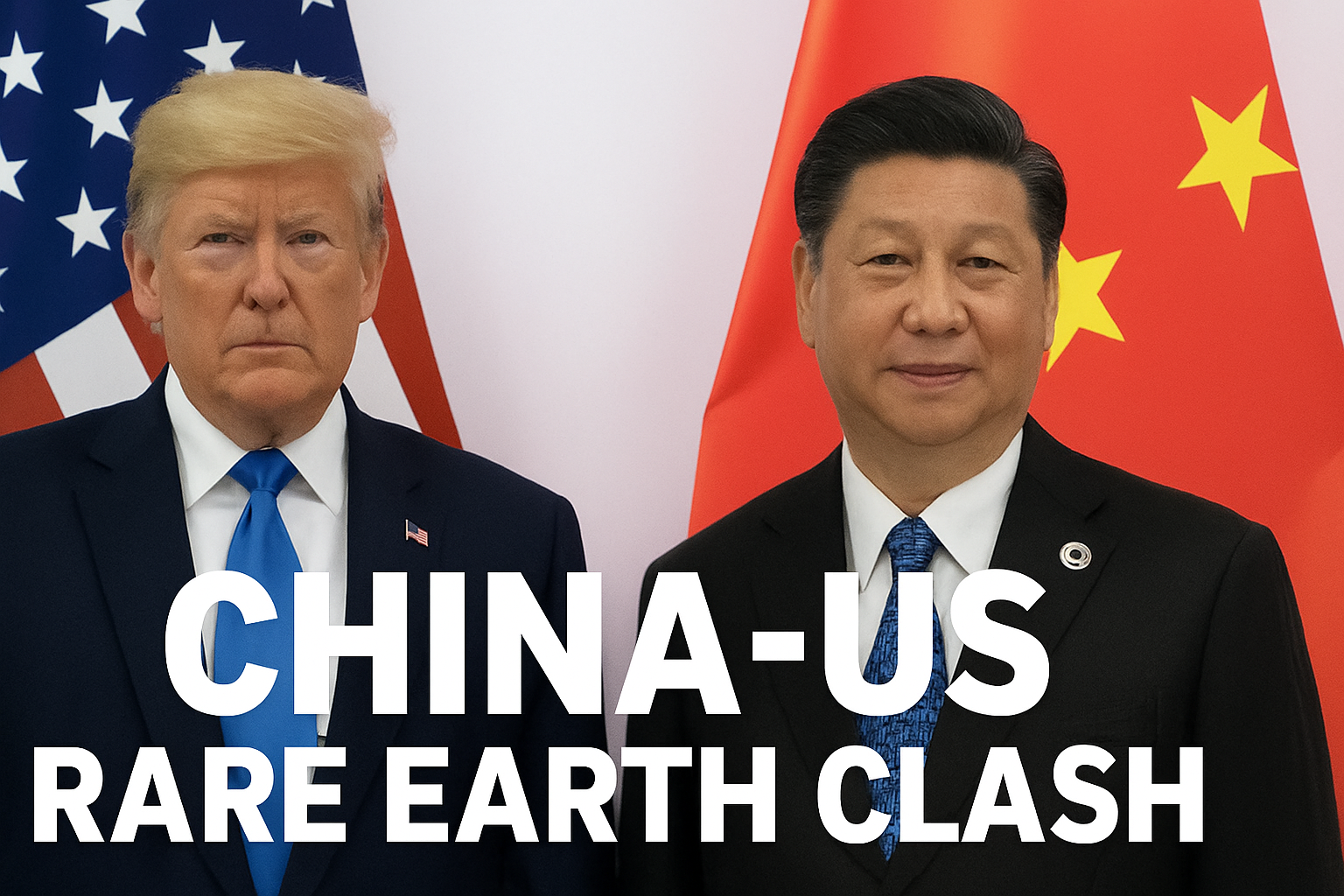
China has begun building what is expected to become the world’s largest hydropower dam on the Brahmaputra River, located in the Tibet Autonomous Region, close to the Indian border near Arunachal Pradesh. This is more than a remarkable engineering project. It is a strategic move that reflects China’s growing use of infrastructure to achieve political goals. In today’s world, where water is becoming as important as land and military strength, this dam should raise strong concerns for India. Control over rivers can become a silent yet powerful form of influence in regional politics. China’s decision to construct such a massive project at a location so close to India carries serious consequences.
A Dam Near the Border
The construction site is in Nyingchi City in southeastern Tibet, only about 30 kilometers from the Indian state of Arunachal Pradesh. This location is not accidental. The Brahmaputra River, called the Yarlung Zangbo in China, takes a sharp U-turn in this region before crossing into Indian territory. The dam is being built within this dramatic gorge, which is known for its depth and fast-flowing water. It is not just a good location for generating electricity, but also one that holds significant strategic value.
Chinese Premier Li Qiang led the official ceremony to launch the project. Senior officials from various government ministries related to infrastructure and power attended the event. The Chinese government approved the project in December 2024. The dam will involve five major hydropower stations and is expected to generate over 300 billion kilowatt-hours of electricity each year. But beyond electricity, the project gives China the power to control the flow of water toward India. That is the deeper and more concerning part of this story.
Turning Geography Into Strategy
India has every reason to worry, and not just because of the environmental damage the dam might cause. The bigger concern is that geography is being turned into a political tool. China says the electricity produced will be used peacefully. However, because the dam is located just before the Brahmaputra enters India, China could influence how much water flows downstream. In times of tension or conflict, this control could become a form of pressure or leverage.
This fear is not without evidence. In 2017, during the Doklam standoff between Indian and Chinese troops, China reportedly stopped sharing river flow data with India. Imagine if China decided to either block water during a dry season or release it suddenly during the monsoon. Such actions could lead to floods or droughts in India’s northeastern states, especially in Assam, where flood risk is already very high.
No Treaty to Rely On
India and China do not have a formal treaty for sharing the waters of the Brahmaputra. This is different from the Indus River system, where India and Pakistan follow a treaty that was brokered by the World Bank. That agreement includes clear rules and dispute resolution processes. On the Brahmaputra, China claims the Yarlung Zangbo is entirely within its territory and does not accept it as an international river. This leaves India with no legal path to demand cooperation.
There is a limited agreement where China shares river data with India during the monsoon season. But this arrangement is basic and often not reliable. It does not offer the transparency or safety net that a full treaty would provide. India is left with only satellite images and diplomatic statements to guess what might happen next.
Ecological and Human Impact
The environmental cost of building such a large dam at high altitude is expected to be serious. Blocking the river will reduce the flow of sediments that are important for farming in Assam. It may also affect fish, birds and other wildlife. Communities that depend on the river for their daily lives may suffer from reduced water quality and changing flow patterns. In Tibet, the dam may flood large forest areas and force people to relocate from their homes.
China’s past with big dam projects has not been perfect. The Three Gorges Dam, once called a wonder of modern engineering, has been linked to landslides, environmental damage and possibly stronger earthquakes in the region. If problems arose in that project, there is a real chance they could happen again—possibly on a larger scale—with the new Brahmaputra dam.
India’s Response Must Be Strong
India must take immediate steps to protect its water security and regional interests. First, it should improve its river monitoring systems. This means better use of satellite images, data analysis and on-ground observation along the Brahmaputra. Second, India should start talks with other countries downstream, such as Bangladesh, to push for more transparency from China. Together, these countries can ask China to be more open and responsible.
India also needs to strengthen its own water infrastructure. The part of the Brahmaputra that enters Arunachal Pradesh is called the Siang River. India should build reservoirs and flood control systems in this area to store water and manage disasters better. In addition, the Ministry of External Affairs should try to start a South Asian water cooperation plan. Even if China does not take part, the effort would show India’s leadership and seriousness in river management.
Insightful Take
China’s Brahmaputra dam is not just a structure made of concrete and steel. It is a message to the world about power and control. India must not ignore it. In this century, water is no longer just a natural resource. It is a tool that can be used in negotiations, conflicts and even silent warfare. If India does not act now, it may find itself at a disadvantage in both regional politics and in managing its most valuable lifeline—its rivers.




.jpeg)





.jpeg)



.jpeg)



.jpeg)
.jpeg)
.jpeg)
